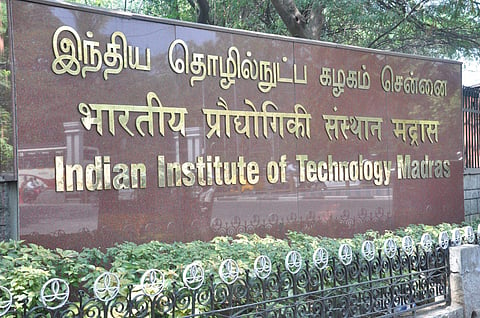

Researchers at IIT Madras have claimed to have developed an efficient technique for the identification of pollution deposit level in the power transmission network.
"An elegant solution based on Laser Induced Breakdown Spectroscopy (LIBS) has been developed by the research groups of Prof Sarathi, Department of Electrical Engineering and Prof N J Vasa, Department of Engineering Design," a release from the institute on Thursday said.
The research team is planning to approach NTPC, Power Grid and other utilities to demonstrate this technology and its use in the real power system network, it added.
The pollution-related electrical flashover occurs in the working conditions and can lead to blackouts and collapse of the system.
"The presence of salt and other pollutant deposits on the insulating materials were successfully identified using the LIBS analysis. The level of pollution on the insulating material was identified by using the proposed linear relationship between normalized intensity ratio of the LIBS spectra and the equivalent salt deposition density (ESDD) level," Prof Sarathi said.
Key applications and benefits of this research include online monitoring without interrupting power supply, it said. "At present, by shining a laser beam at a distance of 40 metres, the researchers can identify the constituents of pollution deposition, while efforts are underway to extend this distance to 100 metres. This would enable assessing the pollution layer on transmission line insulators and the windmills either from the ground or from a drone," it said.
Using this effective technique, the pollution level on the transmission line insulators and the windmills can be identified at any remote locations. This technique could enable the power system community to have an online monitoring on the condition of the transmission line insulators, it stated.
This work was financially supported under the National Perspective Plan of the Ministry of Power, Government of India through Central Power Research Institute (CPRI), Bengaluru, the release added.
